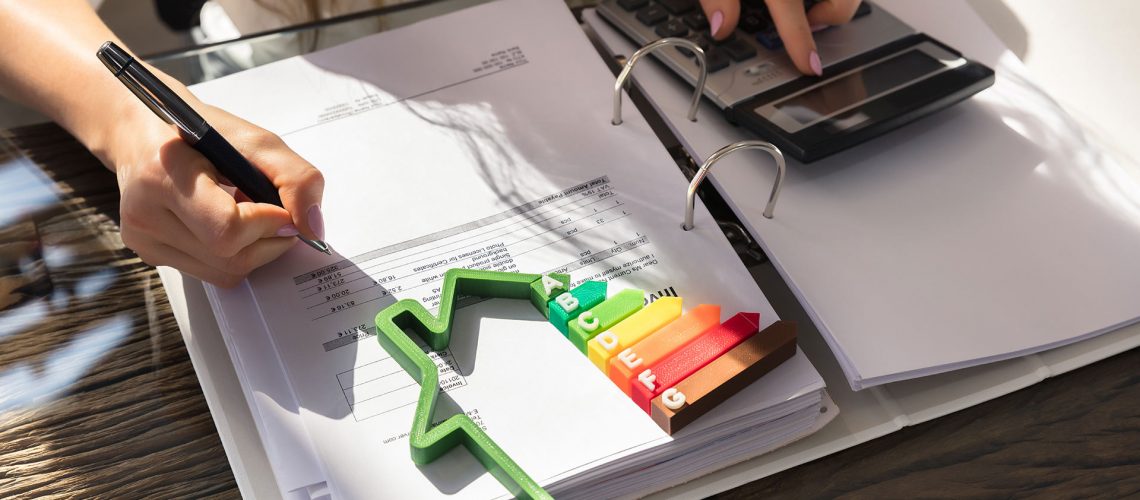Boosting your home’s energy efficiency doesn’t always mean super expensive upgrades and months of renovations. While you will eventually need to make some major changes, you should at least try to start with the small changes to see how much of an impact they make. Here are some tweaks that you can make to create an energy-efficient home.
Find Out How You Are Using Energy
This is the first and most important step to a more energy-efficient home. You need to find out where the energy in your home is going. The best way to go about this would be to hire an energy auditor to do an assessment for you. They will give you a detailed report and give you some personalized recommendations.
If you’d rather do the energy audit on your own, there are some home energy monitors that can help you figure out what’s happening with your electricity. A home energy monitor can be installed on the breaker board. It clamps around your mains and reads the current. It will then transmit data to an external device and enables you to assess your home’s energy usage in real-time.
Switch to Energy Efficient Appliances
Appliances are one of the main sources of energy expenditure in any home. However, it’s impossible to stop using appliances altogether. Fortunately, there is a way to avoid spending too much energy on appliances. You should gradually replace your old appliances with more efficient ones. This will go a long way in minimizing energy expenditure in your home. To get the most efficient appliances, go for ones that are labeled Energy Star. To earn the ENERGY STAR, an appliance must pass strict energy efficiency tests. The certification for these appliances is provided by the United States Environmental Protection Agency or the Department of Energy.
Shut Off Your Appliances and Devices Smartly
Have you replaced your incandescent bulbs with LEDs? If not, why not? You can save a lot of energy by getting LED bulbs that you can dim and turn off remotely. Smart bulbs are a great way of saving electricity. Fortunately, the same concept can be applied to all of your devices, and no, you don’t have to replace every device in your home with a new, smarter one. If you have trouble remembering to switch off devices in your home, you can get smart plugs.
Smart plugs enable you to reduce phantom load. This is the electricity that’s used by devices that you would have switched off. You can also get a smart power strip. This device will switch off all connected appliances after a period of inactivity. However, instead of letting the devices go into standby mode, it switched them off completely so that they don’t consume electricity at all. A smart power strip can also be set to switch off after a certain period.
Washing, Drying, and Water Tips
Are you still washing clothes with hot water? Did you know that 90% of the energy used by your washer goes to heating water? This means that you literally use 90% less energy when you wash with cold water. Fortunately, there are detergents that you can use when washing with cold water to still get the same results.
Saving electricity with a dryer is a lot more complicated. If you are not willing to string up a clothesline, you should consider using the dryer on an automatic cycle. That way, the dryer will switch off as soon as it determines that the laundry is dryer.
These steps will help you use less electricity in your home. It’s important to ensure that you do everything you can to stop wasting energy. Keep in mind that the smallest changes often have the biggest impact.


